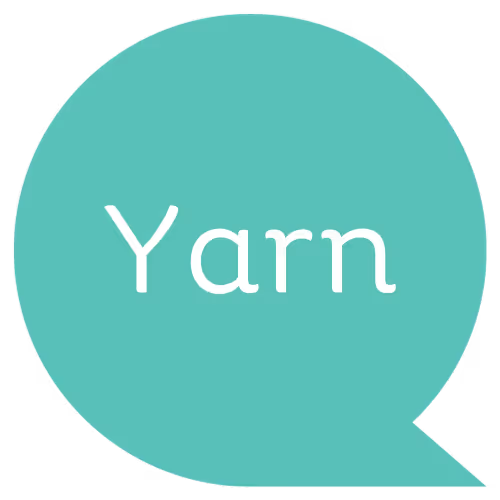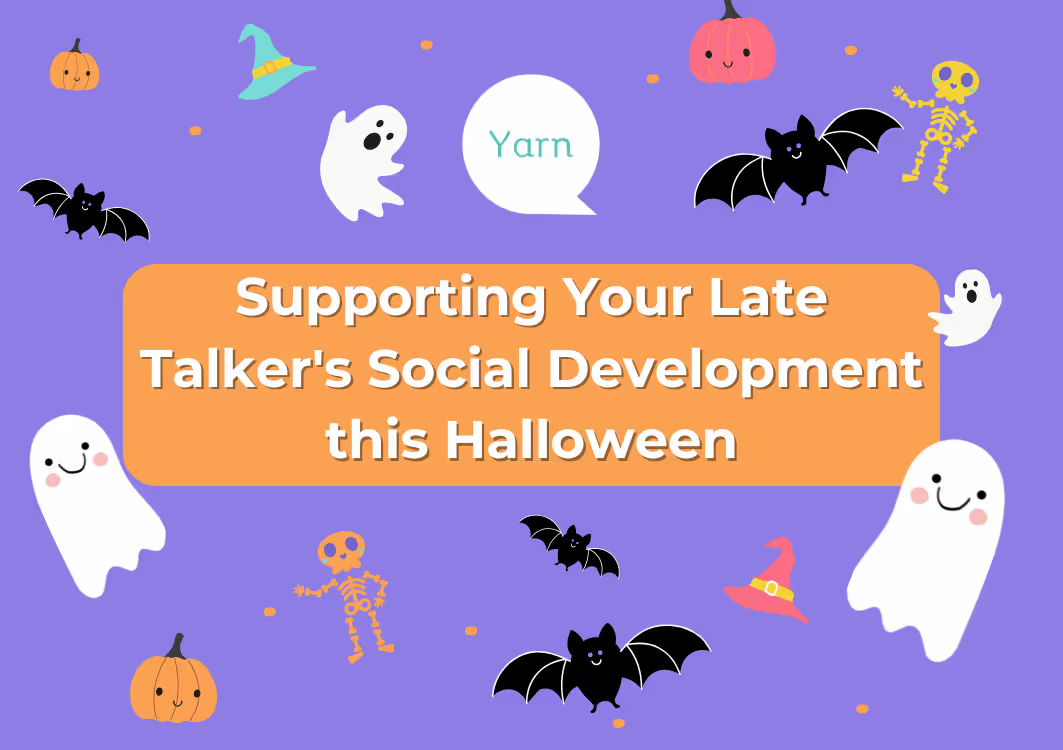

Halloween (whilst it may be an American pastime) presents a wonderful opportunity for children on their learning-to-talk journey to practise their social and communication skills. While every child develops at their own pace, this provides unique chances for language development through fun, naturally occurring interactions instead of something you should be scared of! You could say Halloween is a treat! Not the trick. Plus, Halloween is an excellent time for role-playing and dressing up, something we also mentioned for Book Week, that can promote the development of various skills, including literacy, life skills, and creative play.

Before the big night arrives, spend some time preparing your child for the social interactions they'll encounter. Roll play at home by allowing your little person to try on their costume and practise basic exchanges that happen during trick-or-treating. You might practise with family members in different rooms of your house or ask your neighbours to help create a mock scenario.
When practising, remember to:
Halloween is one of the few times your child will naturally interact with people of all ages in a single evening - from toddling trick-or-treaters to grandparents handing out lollies. Each interaction helps your child learn different communication styles and social approaches, building their confidence with various age groups. Plus, those elaborate costumes aren't just for cute photos - they're powerful tools for language development! When your child sees someone dressed as a firefighter, doctor, or their favourite cartoon character, it creates natural opportunities for vocabulary building and social understanding.
In the days following Halloween, you might notice your child incorporating these costume ideas into their play - and don't worry if they insist on wearing their costume cape to the grocery store for the next month. Sometimes superheroes need to help with the shopping too! This pretend play is excellent for language development, so consider keeping some dress-up clothes accessible to encourage this creative communication.
When someone comes to your door, model the interaction for your child in simple, clear language. Instead of overwhelming them with complex sentences, use short phrases they might be able to imitate: "Hi!" "Trick or treat!" "Thank you!"
Remember that many late talkers understand far more than they can say, so continue speaking naturally while keeping your key phrases simple and consistent.
For homes you'll visit, prepare your child by explaining what will happen in simple terms: "First knock. Then say 'trick or treat.' Get lollies. Say 'thank you.'" Remember, it's a great idea to practise this at home before you go out into unfamiliar environments!
Stand behind your child to provide security while encouraging independence. If they're not ready to speak, accept pointing, gestures, or even just holding out their treat bag as valid forms of communication. Give them the chance to communicate first, then jump in if you think they need help.
Start with short outings to build confidence. A successful 10-15-minute trick-or-treating experience is better than an overwhelming hour. Watch your child's cues carefully - if they seem tired or overwhelmed, it's okay to head home early. Success builds upon success, and you can always try again another year. It's always a good idea to keep a few treats at home to top up in case it is all a bit much for your little one on this big outing!
Consider hosting a small Halloween gathering with just a few familiar faces. This can provide opportunities for social interaction in a more controlled environment. You might set up trick-or-treating stations around your home or yard, allowing your child to practise Halloween social skills at their own pace.
Development isn't a race, and every child progresses at their own pace. Halloween is just one night in your child's journey, but it can provide valuable opportunities for growth and connection. Focus on making it an enjoyable experience rather than a perfect one.
Celebrate their efforts, support their attempts at communication, and remember that every small step forward is worth celebrating. While your little one might be taking their time to start talking, at least you don't have to worry about them telling knock-knock jokes at every door... yet!
By approaching Halloween as an opportunity for natural language development rather than a challenge to overcome, you can help your child build confidence in their social interactions while creating happy memories together.
Happy trick or treating!